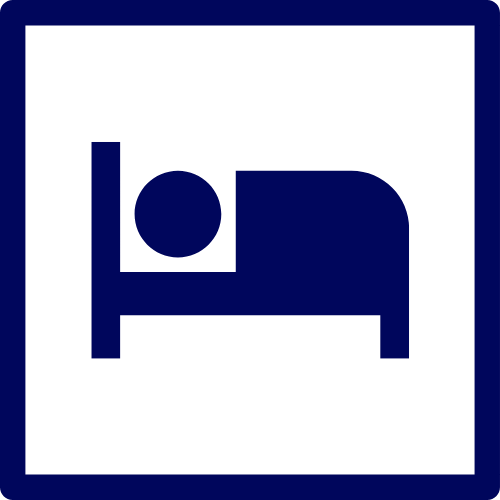
Monica A. Perez, PT, PhD
Scientific Chair, Arms + Hands Lab, Shirley Ryan AbilityLab; Professor of Physical Medicine and Rehabilitation, Northwestern University
Abstract
A Novel Approach to Target Functional Restoration after Spinal Cord Injury
Spinal cord injury disconnects corticospinal axons from their motor neuron targets, resulting in devastating paralysis. Throughout life, synapses, including those that transmit spinal motor commands, can be modified by Hebbian plasticity (i.e., “neurons that fire together, wire together”) suggesting that this could be used to rebuild damaged connections. Our laboratory developed a noninvasive Hebbian stimulation protocol that targets multiple upper- and lower-limb muscles in parallel by activating spinal motor neurons a few milliseconds after the arrival of corticospinal action potentials. I will discuss a series of proof of principle studies that showed evidence for spike-timing-dependent plasticity at spinal synapses in humans with and without spinal cord injury, including the pros and cons of this novel
noninvasive approach. This discussion will be followed-up by a description of the results of our clinical trials. We found that participants with chronic SCI receiving Hebbian stimulation targeting multiple limb muscles combined with exercise training improved largely than a group receiving sham stimulation in the performance of functional tasks and physiological outcomes. These improvements persisted for several months post-therapy. We propose that Hebbian stimulation represents an effective strategy to promote the recovery of multiple functions following SCI.
Bio
Dr. Perez is the Scientific Chair of the Arms + Hands Lab at the Shirley Ryan AbilityLab, a Professor in the Department of Physical Medicine and Rehabilitation at Northwestern University, and a Research Scientist at the Edward Jr. Hines VA Hospital. She has studied neural mechanisms contributing to the control of voluntary movement in healthy humans and in people with spinal cord injury for over 15 years. Her research aims to understand how the brain and spinal cord contribute to the control of movement with the ultimate goal of using this mechanistic information to develop more effective rehabilitation therapies for people with spinal cord injury. This theme is mainly investigated from a neurophysiological point of view, using a combination of transcranial magnetic stimulation, magnetic
resonance imaging, electrical stimulation, and behavioral techniques. More about Dr. Perez here.






















